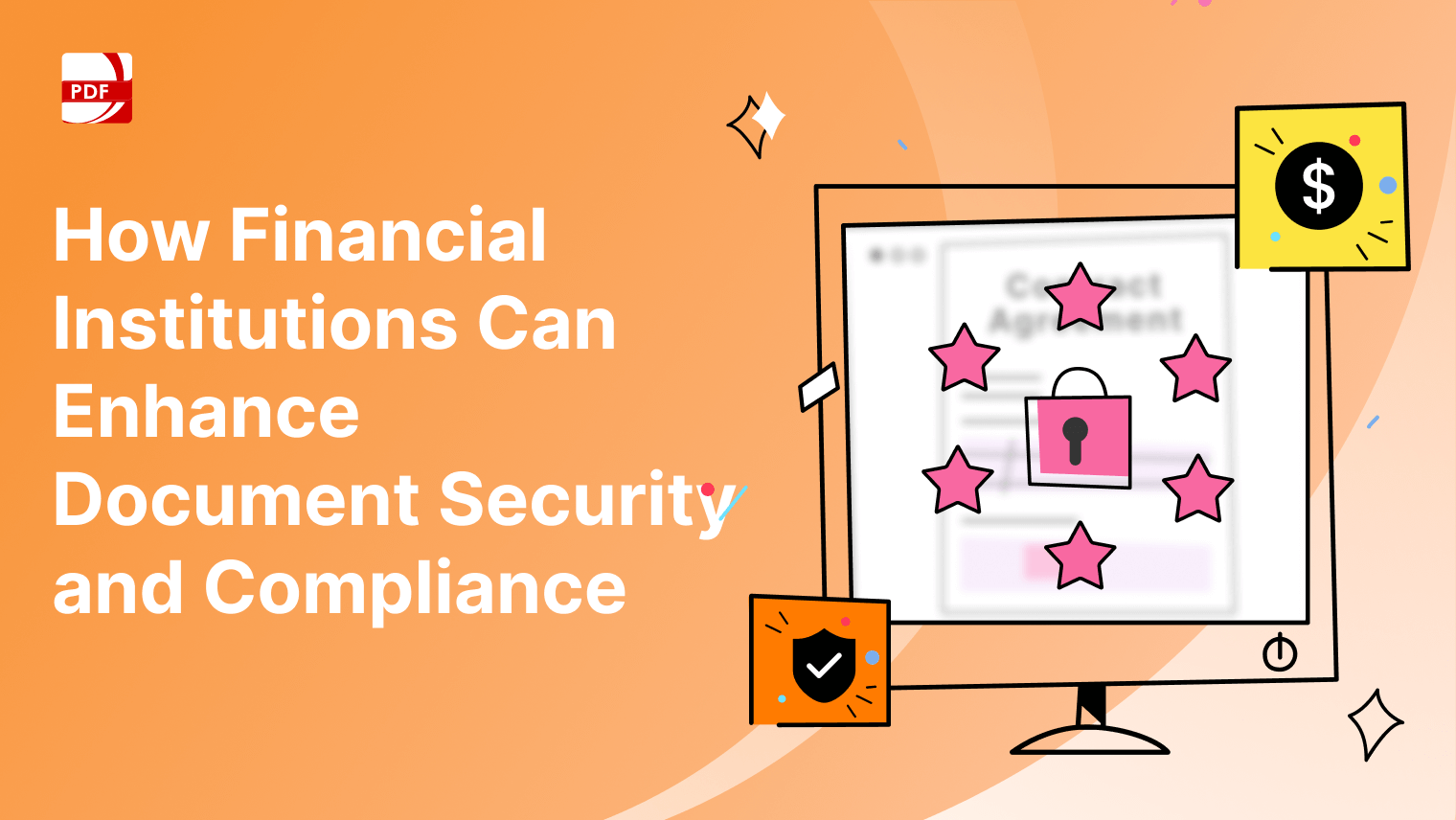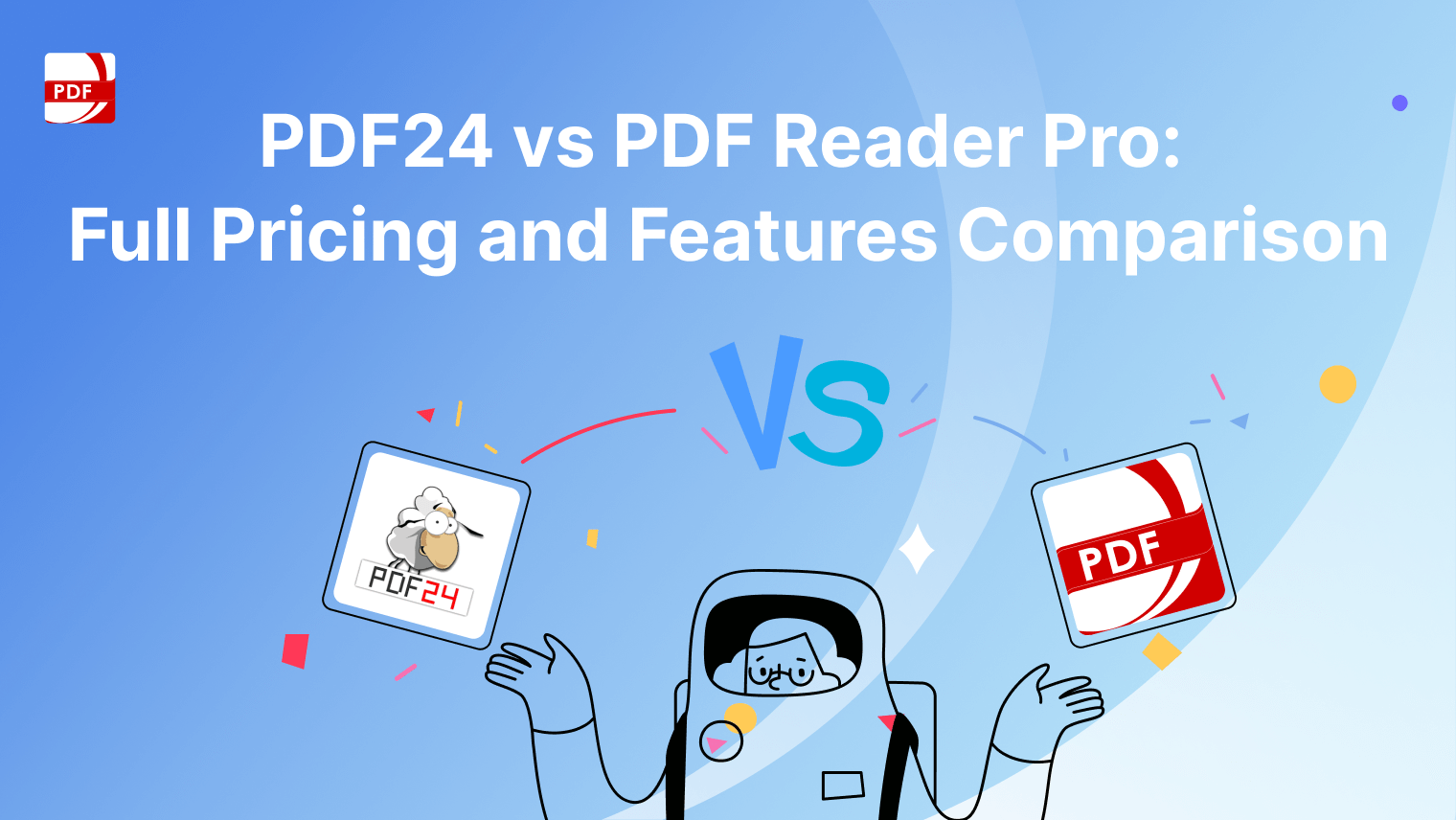Imagine a high-stakes board meeting where you present a crucial report riddled with errors or a potential client losing faith due to a poorly edited proposal.
These scenarios highlight a common yet often overlooked challenge—document editing.
For large businesses and professionals, mastering the art of editing isn’t just about avoiding mistakes; it’s about ensuring every document reflects the highest standards of professionalism and efficiency.
Here’s why proper document editing tools are indispensable for any organization aiming for success.
1. Editing a PDF by Adding Text and Images
LynxPDF Editor makes it easy to modify your PDF files directly. You can insert new text, adjust existing content, and seamlessly embed images.
Whether you're updating a contract, adding a logo to a brochure, or tweaking the layout of a report, this feature makes the process straightforward and efficient.

How to Add Text and Images
- Click on the "Edit PDF" tool.
- Click on "Add Image" to insert an image from your device's files to your PDF.
- Click on "Add Text" to edit existing text, or add new information.
See the complete guide on editing PDFs.
2. Redacting Text
Privacy is crucial in document management, and LynxPDF Editor's redaction tool ensures sensitive information stays hidden.
This feature allows you to permanently remove or obscure specific text and graphics within a PDF. It's perfect for legal documents, personal data, or any sensitive material, keeping your confidential information secure while preserving the rest of the document.

How to Redact Text in a PDF
- Click on the "Redact" tool.
- Click on "Redact".
- Highlight the text you would like to redact.
- Click "Apply" when you are finished redacting.
- Save your new document.
See our complete guide on redacting PDFs.
3. Adding Electronic Signatures
Electronic signatures are essential for fast and secure document processing in today's digital age. LynxPDF Editor lets you sign documents digitally, eliminating the need for printing, signing, and scanning.
This speeds up workflows and ensures that documents are both legally binding and secure, making it convenient and reliable for finalizing contracts or approving business proposals.

How to Digitally Sign PDFs
- Select the "Sign" tool.
- Select "Create Signature Field" and click the area you need to sign.
- Select "Add Electronic Signature".
- Click on your signature field, then select "New Signature".
- Choose to type your signature, draw it with a trackpad, or add an image.
- Click "Save&Apply" once done.
Learn how to sign a PDF digitally in full detail.
4. Annotating and Adding Comments
Collaboration is crucial in professional settings, and LynxPDF Editor's annotation and commenting tools make it easy. Users can highlight text, add sticky notes, draw shapes, and insert comments directly on the document.
This feature simplifies the feedback process, allowing colleagues or clients to communicate effectively and ensuring everyone is aligned.

How to Add Annotations to a PDF
- Click on the "Tools" option.
- Click on the "Anchored Note" feature.
- Click on an element or text you want to annotate.
- Add your annotation to the colored text box that pops up.
Check out our comprehensive annotation guide.
5. Adding Watermarks
Maintaining document integrity and branding is essential, and LynxPDF Editor's watermarking feature supports this.
You can add text or image watermarks to your PDFs for branding purposes, to indicate document status (such as "Draft" or "Confidential"), or to protect intellectual property. These watermarks are customizable in size, position, and opacity, helping reinforce your brand and secure your documents.

The Importance of Proper Document Editing for Large Businesses and Professionals
In large businesses and professional settings, managing and editing documents efficiently is key to success.
Here’s why having solid document editing tools is a must:
1. Boosting Productivity
Good document editing tools let users make quick, accurate changes without starting from scratch. This cuts down on the time spent preparing and revising documents, allowing professionals to focus on core business activities and strategic goals.
2. Ensuring Accuracy and Consistency
Maintaining accuracy and consistency across all documents is crucial in large organizations. Comprehensive editing tools ensure that all documents meet the company's standards and guidelines. This is especially important for legal, financial, and technical documents where precision is critical. Proper editing keeps information correct and up-to-date, reducing errors and discrepancies.
3. Facilitating Collaboration
Effective document editing supports better teamwork. Features like annotations, comments, and track changes allow multiple users to review, suggest modifications, and provide feedback on the same document. This collaborative approach ensures that all relevant stakeholders can contribute their expertise, resulting in more thorough and polished final documents.
4. Maintaining Document Security
Many professional documents contain sensitive and confidential information. Proper document editing tools often include security features such as redaction and watermarking to protect this information. Redaction permanently removes sensitive data, while watermarking indicates the document’s status and prevents unauthorized use. These features help businesses comply with data protection regulations and safeguard their intellectual property.
5. Supporting Legal and Compliance Requirements
For many large businesses and professionals, meeting legal and regulatory requirements is a key aspect of document management. Proper editing tools ensure that all documents comply with standards by providing features like version control, audit trails, and secure signatures. This not only helps in passing audits but also maintains a transparent and accountable document management system.
6. Improving Client and Partner Relations
Well-edited documents reflect professionalism and attention to detail, which are essential in building and maintaining strong relationships with clients and partners. Whether it's a proposal, contract, or report, professionally edited documents show a commitment to excellence and can significantly impact how your business is perceived.
7. Adapting to Change
In business, change is a constant. Proper document editing tools provide the flexibility needed to adapt to new information, market trends, and strategic shifts. This adaptability ensures that your business remains agile and responsive, capable of updating and sharing critical information swiftly and accurately.









 Free Download
Free Download 





 Support Chat
Support Chat